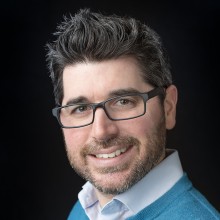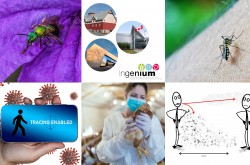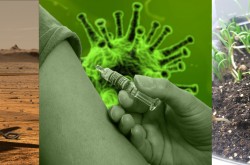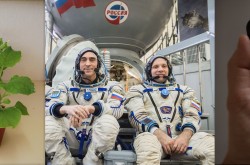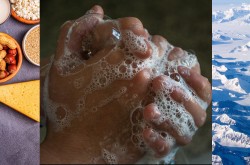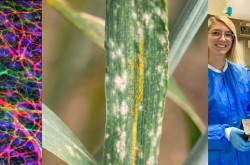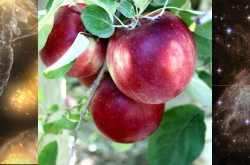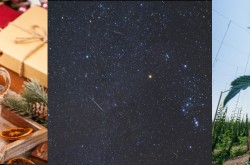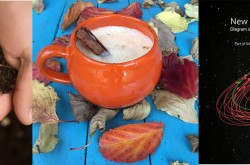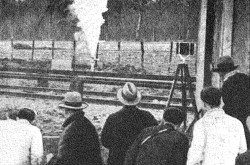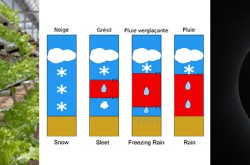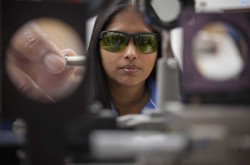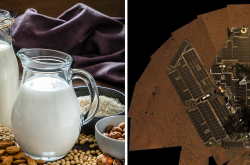Astronomers Create Detailed Plans for the Extremely Large Telescope (ELT) using LEGO®

The European Southern Observatory (ESO) is building one of three next generation optical telescopes, called the Extremely Large Telescope (ELT). It will have a primary aperture that is 39 meters wide made of segmented mirrors. Astronomer Frans Snik and his team have created detailed LEGO® instructions for you to now build your own ELT. As both an astronomer and lover of LEGO®, I approve of this project.
The other two next generation optical telescopes are the Thirty Meter Telescope (TMT), which has a 30 meter aperture, and the Giant Magellan Telescope (GMT). Canada is a full partner in the TMT, which is still in the planning phase.



